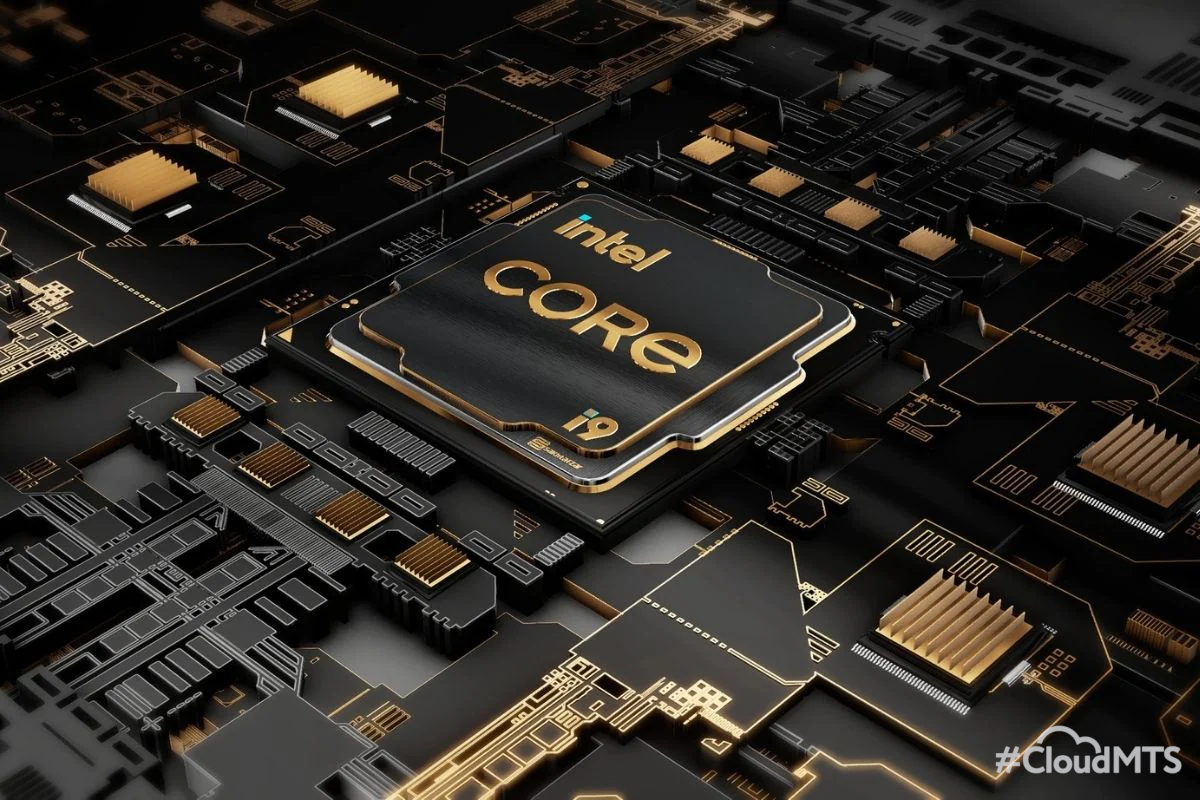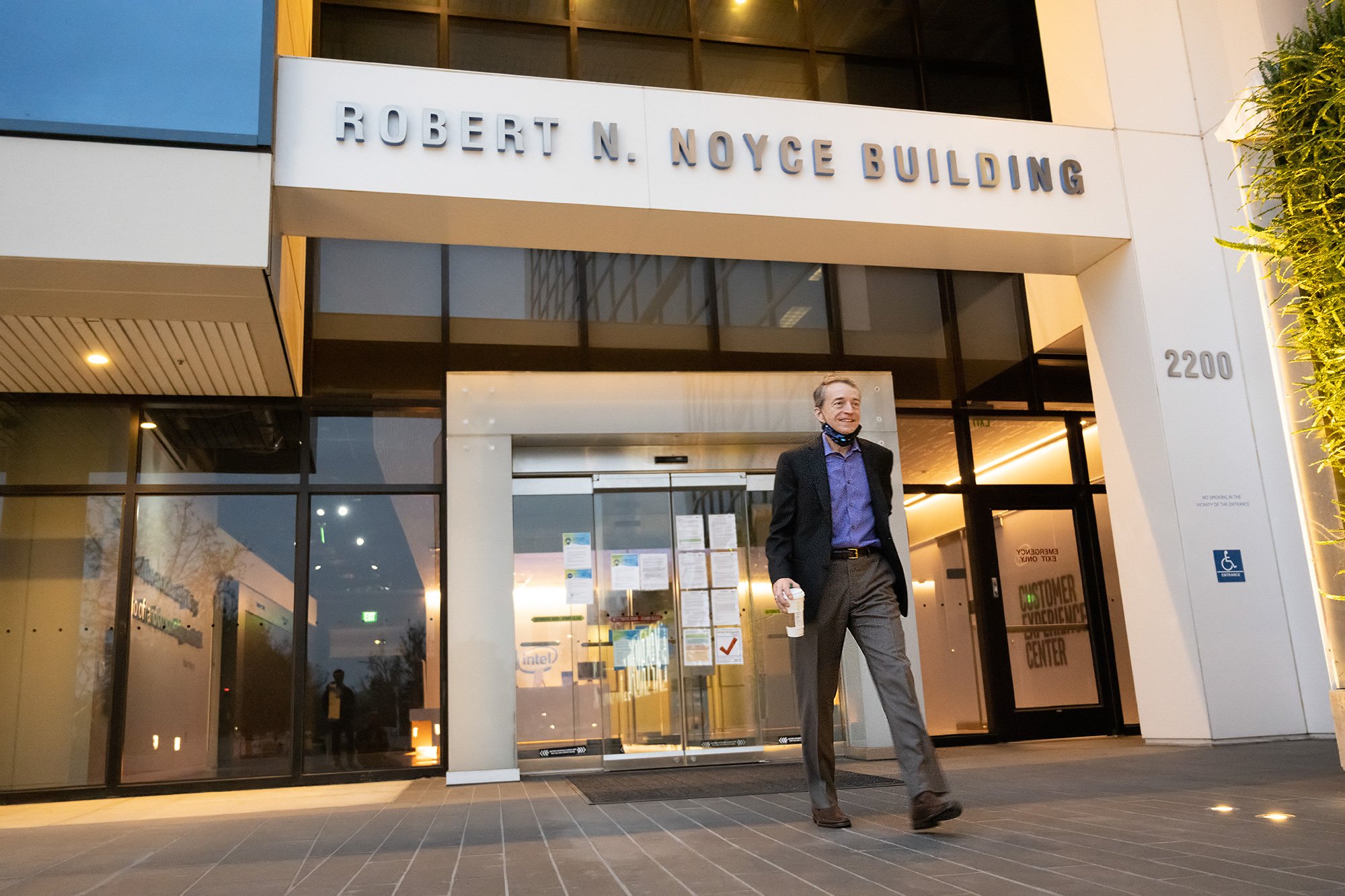Pat Gelsinger, the new CEO of Intel, took office quite recently, but has already puzzled the world's IT experts with his plans. Under the cut, we will discuss Intel's new strategy, Gelsinger's personal plans to manage the company, the essence of Intel's "reboot" and, finally, what it can turn out to be for the market.

Intel CEO Pat Gelsinger is an extraordinary personality, as we realized during his years as head of VMware. He has a wealth of experience and a range of skills at his disposal that will undoubtedly come in handy in solving the problems associated with updating Intel's design and manufacturing processes, as well as building a new business model for the company.
For anyone interested, we recommend reading an article on Intel's recent history, from the controversial decision to drop Apple's proposals to the massive layoffs and the ARM mess. This will give you a good sense of what was going on in the company when Gelsinger took over.
Considering all of the above, and in general the difficult history of Intel, Gelsinger's statement of March 23 (Engineering the Future) does not seem to be another high-profile Intel 2.0 plan that will be talked about, talked about and forgotten. In his video message, Gelsinger promised to bring Intel back to its days of greatness.
“We will bring back executive discipline to Intel. I call it Grovian culture (a reference to Andrew Grove, one of the Intel co-founders) - when we actually do what we promised. When there is confidence that we will fulfill our plans. When our teams [employees] are inspired. And if we say we want to do X, we will do 1,1X, and so it will be every time we make a similar commitment. This is Intel culture and we will bring it back. "
But how is Gelsinger going to deliver on that promise?
- Intel will create an independent Intel Foundry Services division that will manufacture chips for other architectures and companies, including Intel's competitors. The company is going to spend about $ 20 billion (!) On the construction of two new plants in Arizona.
- To accelerate the stalled development of x86, Intel will ditch the immersion lithography process and move to EUV lithography. This has already been done by Intel's more successful competitors, such as TSMC and, according to some reports, Samsung.
- Intel will aggressively use a system-in-a-package (SiP) approach as a competitive alternative to the widely used SoC.
- Given the general concern about China's ambitions in general and its prospects for Taiwan (TSMC) in particular, Intel's return to traditional enterprises is good news for the US.
But that's not all. The company has pledged to outsource the production of some of its CPU chips to outside commercial enterprises. Or, for example, set up the production of ARM and RISC-V chips for Intel Foundry Services clients, including Apple.
Do you feel it? Gelsinger returned to the company, where he worked for almost 30 years, not to debug a couple of processes or work on the organizational part. According to him, he intends to lead a real revolution, to create Intel 2.0.
Had Gelsinger been a young and zealous businessman, his plans could have been viewed with skepticism. Like, another manager decided to create his own "strategy for everything in the world" - this is a sure sign of a neurasthenic inventor who wants to make as many bets as possible, maybe somewhere, but he will be lucky. Investors could offer him a more relaxed approach: focus on only one area, for example, x86 manufacturing processes or building new factories. This would help pull off the industry leader, TSMC, in favor of Intel.
But even the basic information about Gelsinger from his Wikipedia page, not to mention the thoughts outlined in his own book, is enough to understand: he has everything he needs. Technical skills, personal skills, and corporate culture are enough to breathe new life into Intel.
Gelsinger grew up in the heart of the United States, Pennsylvania, on an Amish farm. At 18, he earned an associate degree from Lincoln Tech and immediately took a job as a quality control specialist at Intel - and did not leave it for almost 30 years. Already at Intel, Pat earned a BS in electronics from Santa Clara University and then a master's degree from Stanford.
Climbing the corporate ladder, Gelsinger went on to become 80386 Design Engineer, 80486 Architect, and General Manager of the Intel Desktop Products Group. It was 1989, he was only 28 years old (note - the author of the article regrets that he did not get to know Pat during his years as president of Apple's product development division). In 2001, Gelsinger was named Chief Technology Officer (CTO) of Intel. This is success beyond reality.

So, after 30 years at Intel (including several years as CTO), Gelsinger left the company. To become President of EMC Information Infrastructure Products and then CEO of VMware. It was only this year that he returned to lead Intel.
Speaking of Gelsinger's personality, he and his wife lead an active and dignified personal and spiritual life. Pat kept his long-standing promise to donate an increasing portion of his annual income to charity. Today it is about 50%!
In 2013, Gelsinger co-founded the Christian organization Transforming the Bay with Christ (TBC), which aims to convert a million people over the next decade. If that wasn't enough for you, he also wrote The Juggling Act: Bringing Balance to Your Faith, Family, and Work, which sheds light on the author's intellectual, physical and mental energy sources.
Again, it follows from Gelsinger's book that his goal in 2008 was to become a CTO of Intel, then ... to go on a 12-year vacation and return as the head of the corporation.
This lyrical digression with immersion in the details of Gelsinger's biography was written for a reason, for a catchphrase. In a sense, this is a confirmation of the seriousness of Pat's intentions: yes, they are large and ambitious. And - yes, he is extremely prepared for the implementation of everything conceived.
One of Gelsinger's goals is to restore the technical legitimacy of the CEO post that has been lacking in the company for three years. The past CEO, Bob Swan, was forced to become CEO after the Brian Krzhanich fiasco. As for x86, Gelsinger's position needs no reinforcement. The chip design and manufacturing process is really time to modernize. And the experience of CTO Gelsinger will come in handy here.

When it comes to introducing Intel into the highly competitive crystal business, the situation is more complicated. Competing with TSMC, which is also investing in a huge plant in Arizona, will take a lot of the CEO's strength and energy. This is likely one of the reasons why a trusted person, Randhir Thakur, was appointed to the post of head of Intel Foundry Services.
Speaking of TSMC, the geopolitical aspect of Gelsinger's manifesto is not so much a direct goal as a consequence of a successful reset. Obviously, Intel's greater competitiveness will benefit the country, as the US is constantly testing its muscles against a strong and "fighting" China.
Gelsinger holds this punch. In normal times, word of a return to executive discipline at Intel could demotivate employees. The new boss, accusing the old one of messing around, gets a healthy rebuff. But the fact is, Intel is not having a normal time right now. The company is in trouble. And Gelsinger, like no one else, has the right to call people "to arms."
PS
The article deliberately avoids direct comparisons of the processes taking place at Intel with a similar "update" at Apple. The parallel suggests itself: an energetic former leader with historical legitimacy is returning, intent on turning everything upside down. But there is an important difference: when Steve Jobs returned, Apple was on the verge of bankruptcy. And Intel, while lagging behind in the race to design and manufacture microchips, is still a wealthy company with significant financial powerhouses. Our public Elastic Cloud is built on High-End hardware with Intel Xeon on board. Each segment has its own "heart" with a frequency of 2.6 to 3.1 GHz.
